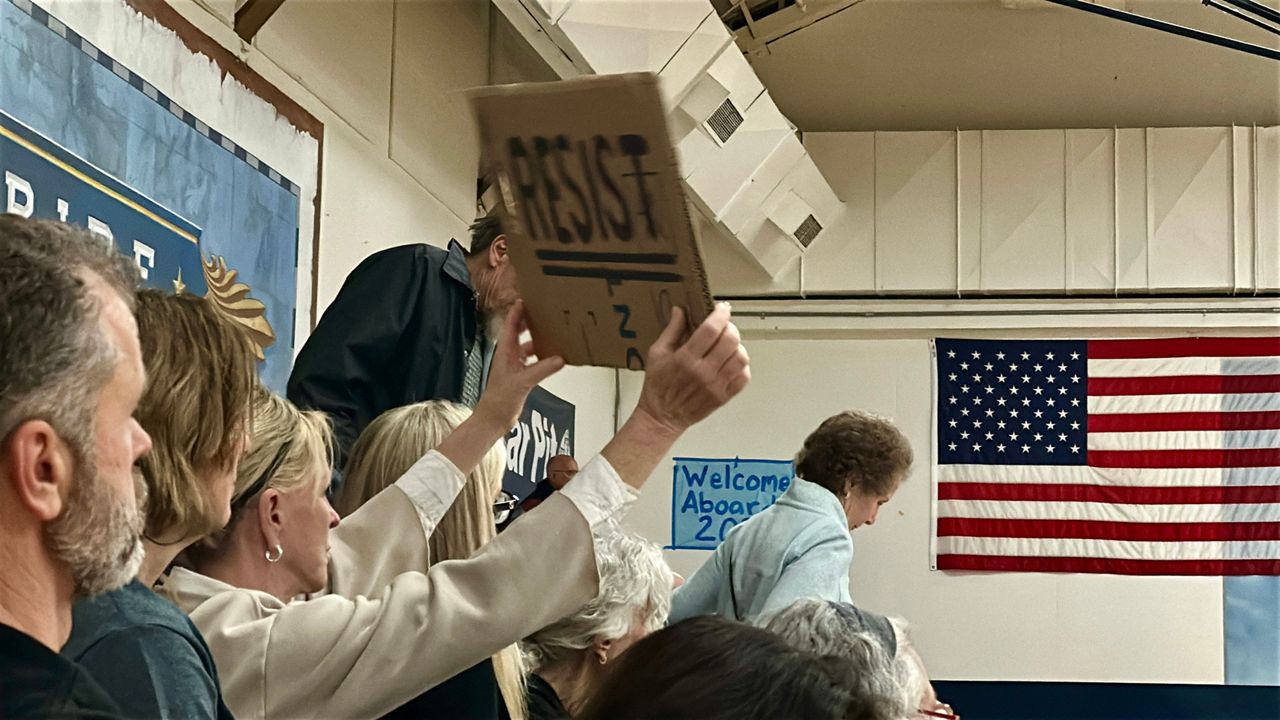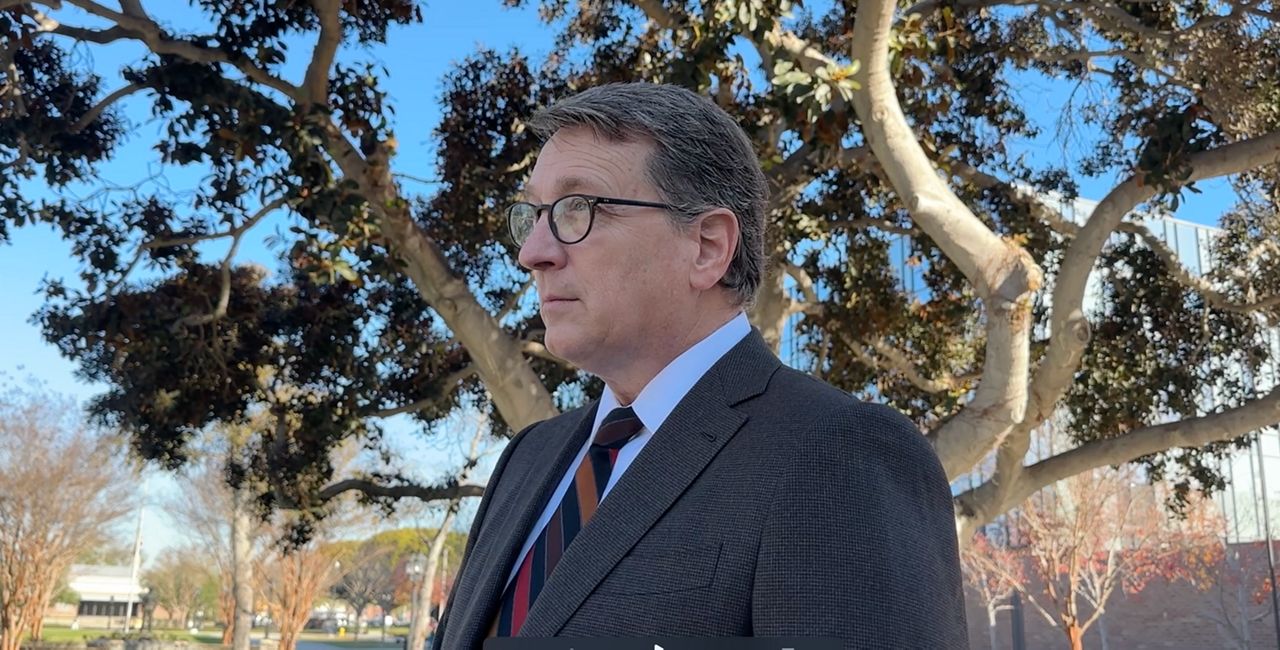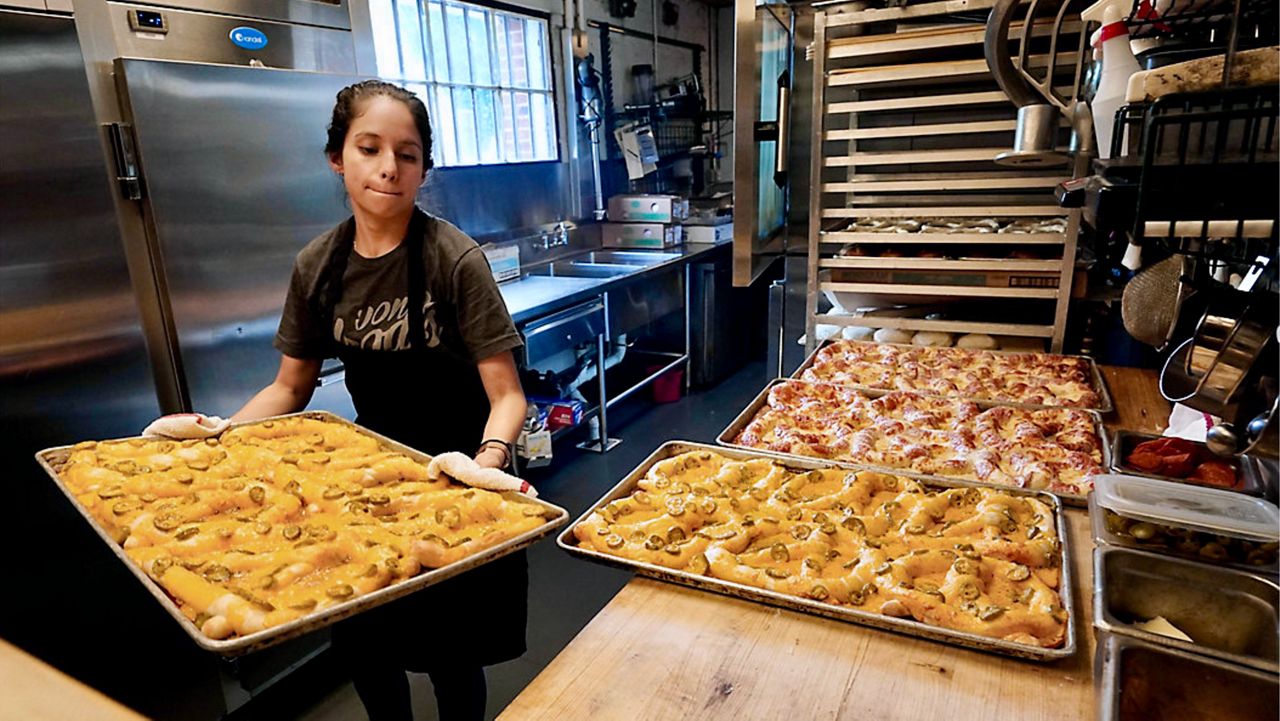ORANGE COUNTY, Calif. — COVID-19 case rates have spiked again, fueled by another strain of a familiar variant, and again public officials are figuring out how to handle it.
Case rates in Orange County have remained relatively flat, but pockets of the omicron BA.2 subvariant is the source of rising cases in China and enough in Philadelphia to inspire a return to mask ordinances
“It hasn’t rocked my world to be honest with you,” said University of California, Irvine epidemiologist Andrew Noymer.
It’s too soon to say what it will be, and with vaccines and a developed network of distribution, the U.S. is more equipped than it has been for vaccinating people.
But the Centers for Disease Control and Prevention saw fit to extend the mask mandate for airlines another 15 days. That announcement came Wednesday, just as Californians have become used to relaxed or eliminated mask ordinances.
The spike in cases comes when cases are supposed to be down. In the summer months, people spend more time outside where the virus has been proven to be less effective. But this new twist on omicron is 10% more spreadable, Noymer said.
Cities and restaurants across the state have been eager to end mask mandates, with some, like Noymer, worried that people will stop wearing them altogether.
Breaks in mask mandates are useful, even necessary to ensure people wear them when case rates are expected to get worse again in the winter.
Messaging over coronavirus has changed as COVID-19 has become a normal part of life, and other, bigger stories have taken over the news cycle.
Dr. Anthony Fauci, chief medical adviser to President Joe Biden, has been the face of the COVID-19 response. Once issuing dire recommendations for social distancing, Fauci has softened his language.
That follows polling data from late February which shows waning fears among Americans over coronavirus.
Still, the respiratory illness has the power to spook the stock market. The spike in cases in China has been significant enough to send world markets in a brief loop last week, with some investors worried that outbreaks there could further upset already difficult supply chain snags.
Related Stories
- Orange County's COVID hospitalizations and cases remain stable
- LA County looks to step up COVID booster distribution at nursing facilities
- First major city, schools reinstate mask mandates as COVID cases rise in parts of U.S.
- Daily LA County COVID numbers keep inching up; will hospitalizations follow?
Noymer pointed to how China has been able to lock down various cities, essentially declaring martial law in the interest of forcing social distancing and halting the spread.
“They can just do things that are in the long term best interest of their population as they see it that we can’t do because we have a different system of government,” Noymer said.
But the illness is already making renewed efforts on U.S. shores, what Noymer doesn’t know is how big it will get. While epidemiologists know it spreads even more easily than the first omicron variant, it’s hard to say how broadly it will hit. Delta was more dangerous than omicron, yet the broad impact of the latter ultimately incurred more deaths.
While local numbers have not yet been alarming, Noymer said that’s no indication that a wave is not coming.
“This is not influenza where we don’t really see summer outbreaks,” Noymer said. “This is a different animal.”










